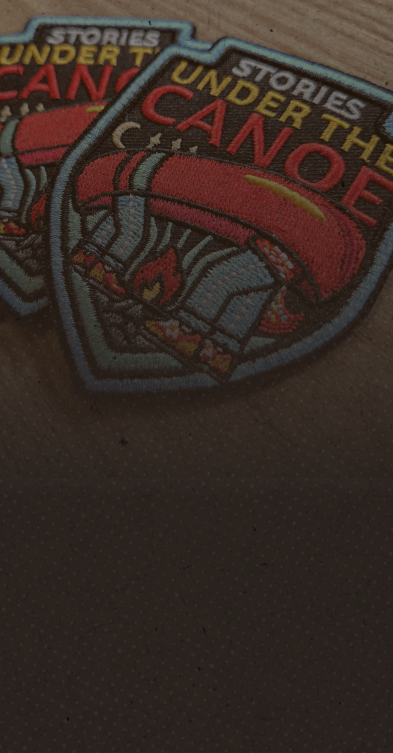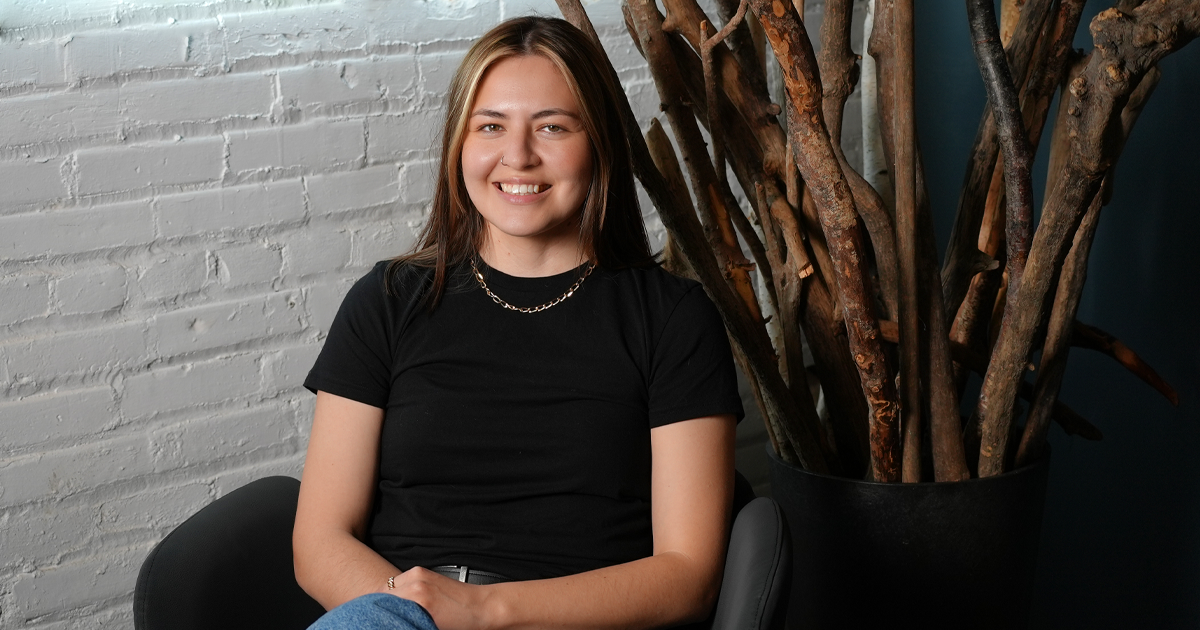


Featured image: Serenity Pangman
At Vincent Design, we are grateful to work with a diverse group of Indigenous, and non-Indigenous team members. This month is National Indigenous History Month, and we sat down with Serenity, one of our Junior Graphic Designers to talk about her experiences, and the importance of Indigenous design.
What was your experience with your identity growing up?
Growing up, when I was living in central Winnipeg I didn’t feel different. It wasn’t until I moved to another area that I started to feel different and notice other people’s opinions. When I moved, I started to feel ashamed about my identity as an Indigenous person. In school, I would always be asked if I was “Native”, not Indigenous.
How has it changed, and how is it now?
It wasn’t until my first years in university that my opinion started to change. I started to listen to stories from my mom, and learned how my dad was affected by the 60s Scoop.
I didn’t know what the 60s scoop was until high school. I did a project on it and had the opportunity to ask my grandma about it. Learning about that; I didn’t know why I didn’t see him a lot when I was younger, but being older now, I understand more. We have a better relationship now and it’s nice. It’s weird how I grew up so differently, sometimes I still struggle with feeling completely Indigenous growing up in the West End and in St. James.
How does it make you feel to work for an Indigenous-led company?
One of the projects that I find meaning in is the logo design for the National Advisory Circle on Residential Schools Missing Children and Unmarked Burials. I didn’t make the logo, I helped out with the report but it was a project that really stood out to me when I first started here. The meaning behind the logo is heavy, it’s important to talk about the reality and meaning behind it. It’s important information people need to learn and be educated about and it’s cool to be part of it.
This logo involved consultation with a Circle of Survivors, all of whom shared their stories, and reflections about the childhood they were denied. The moccasins and the design elements come together to represent the Land, renewal, hope, and healing.

Now, I feel proud to be Indigenous, and am proud to vocalize it when someone asks me if I’m Indigenous. I think that working for an Indigenous-led company is super special, and feels as though my life has come full circle.
Why do you feel is it important to learn, and/or work with Indigenous design?
Indigenous designs bring awareness to important Indigenous issues, to the experiences people go through, highlighting Indigenous organizations, and programs that help bring connectivity to Indigenous communities. It’s important to highlight Indigenous organizations, and programs, and how they deserve a spot in the mainstream media as well.
Read our team’s reflections as we commerated Indigenous History Month
